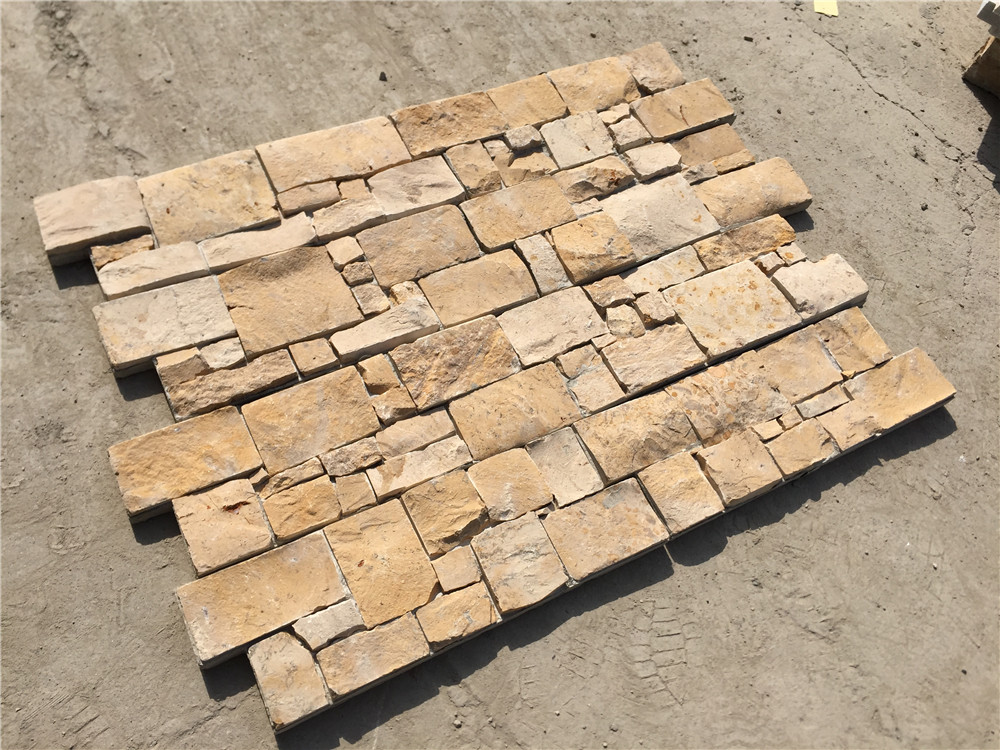The Beauty and Versatility of Cultured Stone Finishes

Introduction
Cultured stone finishes have become increasingly popular in the world of interior and exterior design due to their versatility, durability, and aesthetic appeal. These finishes offer a cost-effective alternative to natural stone, while still providing the same luxurious look and feel. In this comprehensive guide, we will explore the various aspects of cultured stone finishes, including their composition, installation process, maintenance requirements, and design possibilities.
Composition of Cultured Stone Finishes
Cultured stone finishes are typically made from a mixture of cement, aggregates, and pigments, which are molded and cured to resemble natural stone. The composition of these finishes can vary depending on the manufacturer, but they are generally designed to mimic the texture, color, and appearance of natural stone. Cultured stone finishes can be manufactured in a wide range of shapes, sizes, and styles, allowing for endless design possibilities.
Installation Process
The installation process for cultured stone finishes is relatively straightforward, but it requires precision and attention to detail to ensure a professional-looking result. The first step in the installation process is to prepare the surface by cleaning it and applying a bonding agent to ensure proper adhesion. Next, the cultured stone pieces are laid out in the desired pattern and securely attached to the surface using mortar or adhesive. Finally, the joints between the stones are filled with grout to create a seamless finish.
Maintenance Requirements
One of the key advantages of cultured stone finishes is their low maintenance requirements compared to natural stone. To keep cultured stone finishes looking their best, regular cleaning is essential. This can be done using a mild detergent and water, or a specialized stone cleaner if necessary. It is also important to inspect the finish periodically for any signs of damage or wear, and to address any issues promptly to prevent further damage.
Design Possibilities
Cultured stone finishes offer a wide range of design possibilities, making them a versatile choice for both interior and exterior applications. These finishes can be used to create a rustic, traditional, modern, or even industrial look, depending on the style of the stone and the installation pattern. Cultured stone finishes are commonly used for accent walls, fireplaces, exterior facades, and landscaping features, adding a touch of elegance and sophistication to any space.
Benefits of Cultured Stone Finishes
There are several benefits to choosing cultured stone finishes for your next design project. One of the primary advantages is cost-effectiveness, as cultured stone finishes are typically more affordable than natural stone. Additionally, cultured stone finishes are lightweight and easy to install, making them a practical choice for both DIY enthusiasts and professional contractors. These finishes are also highly durable and resistant to chipping, cracking, and fading, ensuring long-lasting beauty and functionality.
Popular Cultured Stone Finishes
There are many different types of cultured stone finishes available on the market, each with its own unique characteristics and design possibilities. https://www.fs-slate.com/stepstone-pavers-the-ultimate-guide-to-outdoor-elegance/ of the most popular cultured stone finishes include:
1. Stacked Stone: Stacked stone finishes feature irregularly shaped stones stacked on top of each other to create a rugged, natural look. This finish is commonly used for accent walls, fireplaces, and exterior facades.
2. Limestone: Limestone finishes mimic the smooth, earthy appearance of natural limestone, adding a touch of elegance to any space. This finish is often used for interior walls, flooring, and outdoor patios.
3. Brick: Brick finishes replicate the classic, timeless look of traditional brick walls, but with the added benefits of durability and affordability. This finish is popular for both interior and exterior applications.
4. Slate: Slate finishes capture the rich, textured appearance of natural slate, adding a sense of sophistication to any space. This finish is commonly used for flooring, countertops, and accent walls.
5. River Rock: River rock finishes feature rounded stones in various sizes and colors, creating a unique and organic look. This finish is ideal for outdoor landscaping features, such as garden pathways and water features.

Conclusion
Cultured stone finishes offer a cost-effective, durable, and aesthetically pleasing alternative to natural stone, making them a popular choice for interior and exterior design projects. With their versatility, low maintenance requirements, and wide range of design possibilities, cultured stone finishes are sure to enhance the beauty and functionality of any space. Whether you are looking to create a rustic, traditional, modern, or industrial look, there is a cultured stone finish to suit your design needs.
